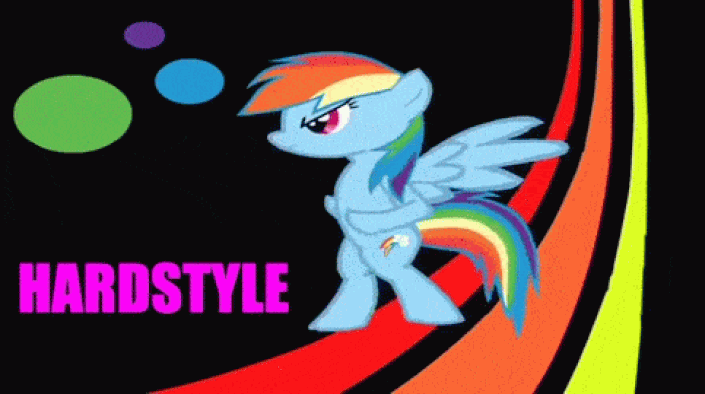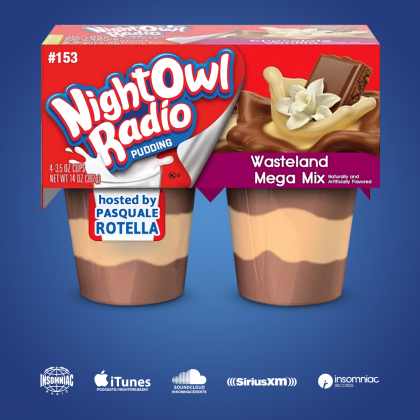How to Dance to 180-BPM Music
The human heart beats about 60–100 times per minute during regular activity. Consequently, dance music was produced for decades at speeds of 90–140 beats per minute, 140 constituting the highest grade of physical exertion. But as the rave era progressed, BPMs quickly increased past the 140 mark.

“How can I dance that fast?” ravers exclaimed. But before the plea escaped their lips, jungle had already cranked the level to 160, drum & bass to 170, and hardcore (often called gabber) to 180—some tunes reaching as high as even 250 BPM.
Today, speeds of 160 are found in hardstyle and rawstyle tracks, and hardcore once again can be heard banging on the horizon. So, the question is posed once again: “How do I dance to 180 BPM?” Never fear: It can be done, and it doesn’t necessarily involve stage-diving or moshing (though it has). Proper attire is recommended but not mandatory, and a smattering of history is helpful. Try and keep up…
The most common form of hardcore dance is called hakken, and it comes from the Netherlands. An early form of hakken was showcased by the Dutch series Lola da Musica in 1995.
The tried-and-true combination of comfortable tracksuit and sneakers enable the fast, high hakken kicks and jumps. But such moves can even be done in wooden shoes, as demonstrated in the traditional Dutch folk dancing you see here.
Wooden clogs notwithstanding, footwear has been hotly debated over the years in the hard dance community. Research suggests that slightly worn-out, cheap sneakers with a cushioned and relatively flat tread tend to be ideal. Modern practitioners of hakken have expanded the wardrobe since 1995, while still keeping to the general tracksuit-and-sneaker ethos, as demonstrated in the this hakken video from France. The advantages of such footwear can be seen in another popular hard-and-fast dance with ancient folk roots: jumpstyle.
Dancing to fast BPMs isn’t all high kicks and crazy footwork, though. Referring back to Lola da Musica, these two gabbers demonstrate their versions of hakken, featuring wiggly upper-body moves and small, fast steps.
The only limit to dancing at 180 BPM is imagination, and William and Maeva’s dance routine, “Late Night Jump,” is a great example. It incorporates virtually every known rave dance into two minutes and tells a story at the same time. Oftentimes, rave dancing can be a solitary affair, but their video illustrates the magic produced when the music brings a couple together.
Admittedly, not every rave couple will have the time to construct a magnum opus of dance such as theirs. Ultimately, dancing to 180 BPM is about cutting loose, throwing caution to the wind, and having a good time—like in this last video, where even the security detail gets caught in the rave!






